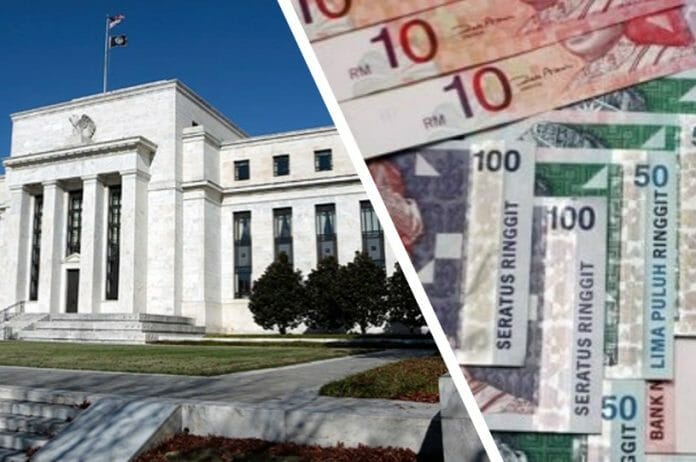Regional currencies appreciated from the lows in 2022, about two to four months ago. As the market priced in the Fed’s expected decision to pivot with a slower rate hike in Dec-22, MIDF said it noticed regional currencies and ringgit appreciated against the US dollar. This is in line with the expectation that FX trend will reverse and more in favour of EM currencies as demand for US dollars weakened particularly when the market became more convinced that Fed will slow down the pace of its policy tightening. From growth differential, the improved outlook with sustained growth in domestic demand and reopening of China’s economy will also boost demand for EM currencies.’
After reaching the lows between end-Sep-22 and end-Nov-22, regional currencies appreciated against the US dollar between
+1.1% to +14.4%. The pace of reversal was the sharpest for Korean won, appreciating +14.4% between early Oct-22 to end-2022. Among ASEAN-5 currencies, Thai baht appreciated the most by +10.8% from mid-Oct-22 to end2022.
The weakness in US dollars continued in 2023 as recent update indicated easing inflation in the US, therefore supporting for smaller rate hike by the Fed. As a result, regional currencies continued to strengthen between +1.6% to +5.5% in the first four weeks of 2023 i.e. until 27th Jan. Singapore dollar and Thai baht both strengthened to a level stronger than the start of 2021. MIDF said it anticipates the growing demand for EM currencies will continue this year with the Fed to resume its slow tightening mode and then pause after raising the fed funds rate to a terminal rate of 5.00% at the FOMC meeting in Mar-23.
The +7.8% appreciation of ringgit vs. US dollar between early Nov-22 to end-2022 makes the local currency the third fastest reversal after Thai baht and Korean won. This was driven by the positive effect of expectations for the Fed to pivot and hence reduced demand for US dollars. Moreover, Malaysia’s growth fundamentals look more encouraging as domestic spending looks strong, and business activities and labour market conditions are projected to continue improving going into 2023. Apart from foreign flows, sustained current account surplus also supported demand for the ringgit. So far this year, the continued appreciation of ringgit year-to-date until 27 January was also among the sharpest, strengthening +3.8% to RM4.244 from RM4.405 at end-2022. This places the ringgit in the third position after Thai baht and Indonesian rupiah in terms of year-to-date appreciation.
Given the relative strength in the ringgit and in particular the fast pace of appreciation towards end-2022, the ringgit even strengthened last year against the euro, pound sterling, and most regional currencies but weakened versus US dollar, Singapore dollar, and Thai baht. As of 27 January 2023, the ringgit closed at RM4.244 per dollar, the strongest rate in more than 8 months. When compared against other currencies, the ringgit appreciated further against most currencies except the Thai baht and Indonesian rupiah.
Looking at the reduced need for an aggressive rate hike by the Fed and the stronger-than-expected strengthening of the ringgit thus far, MIDF updates the ringgit forecast to appreciate faster towards RM4.00 by year-end and average around RM4.20 per USD.









